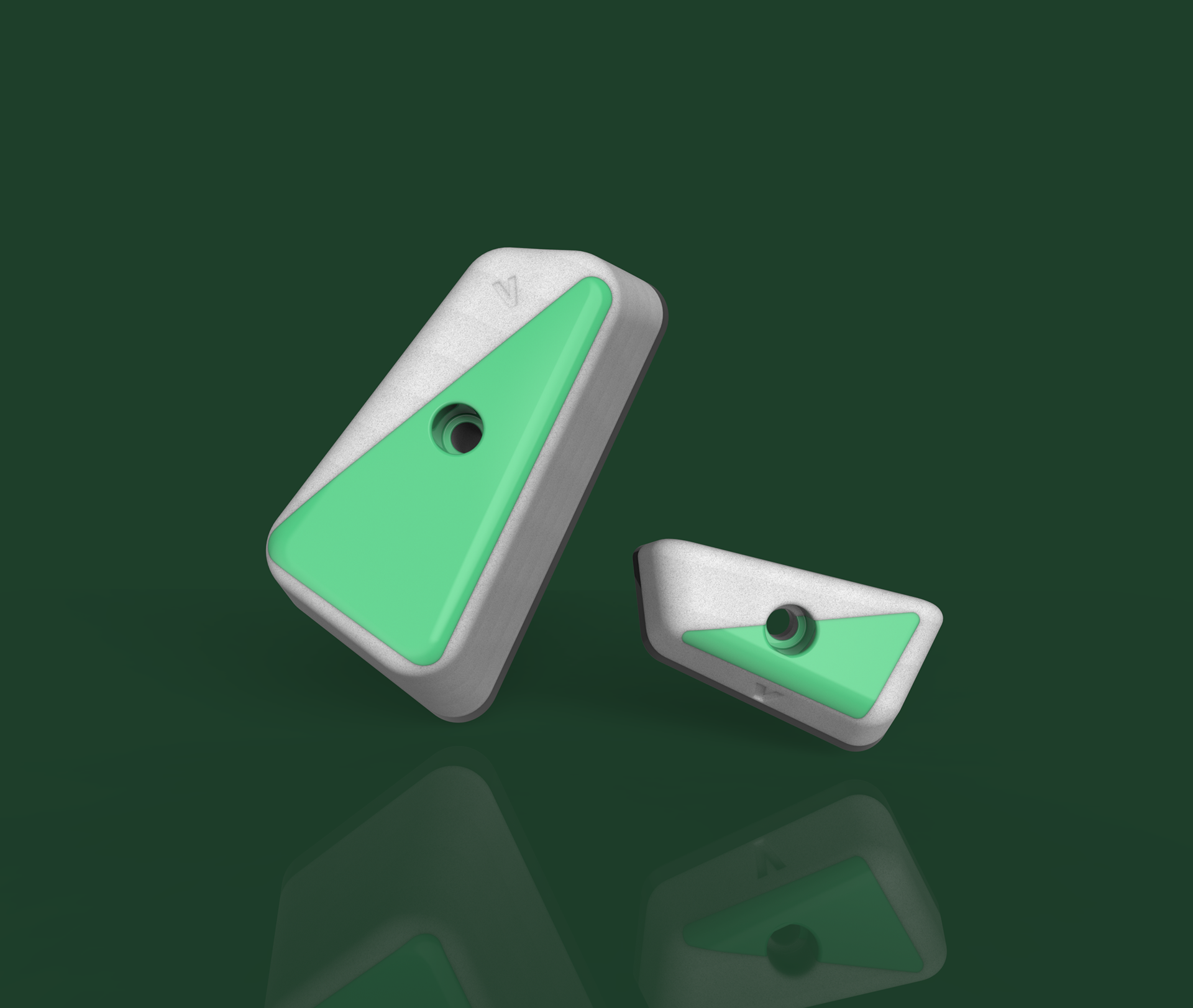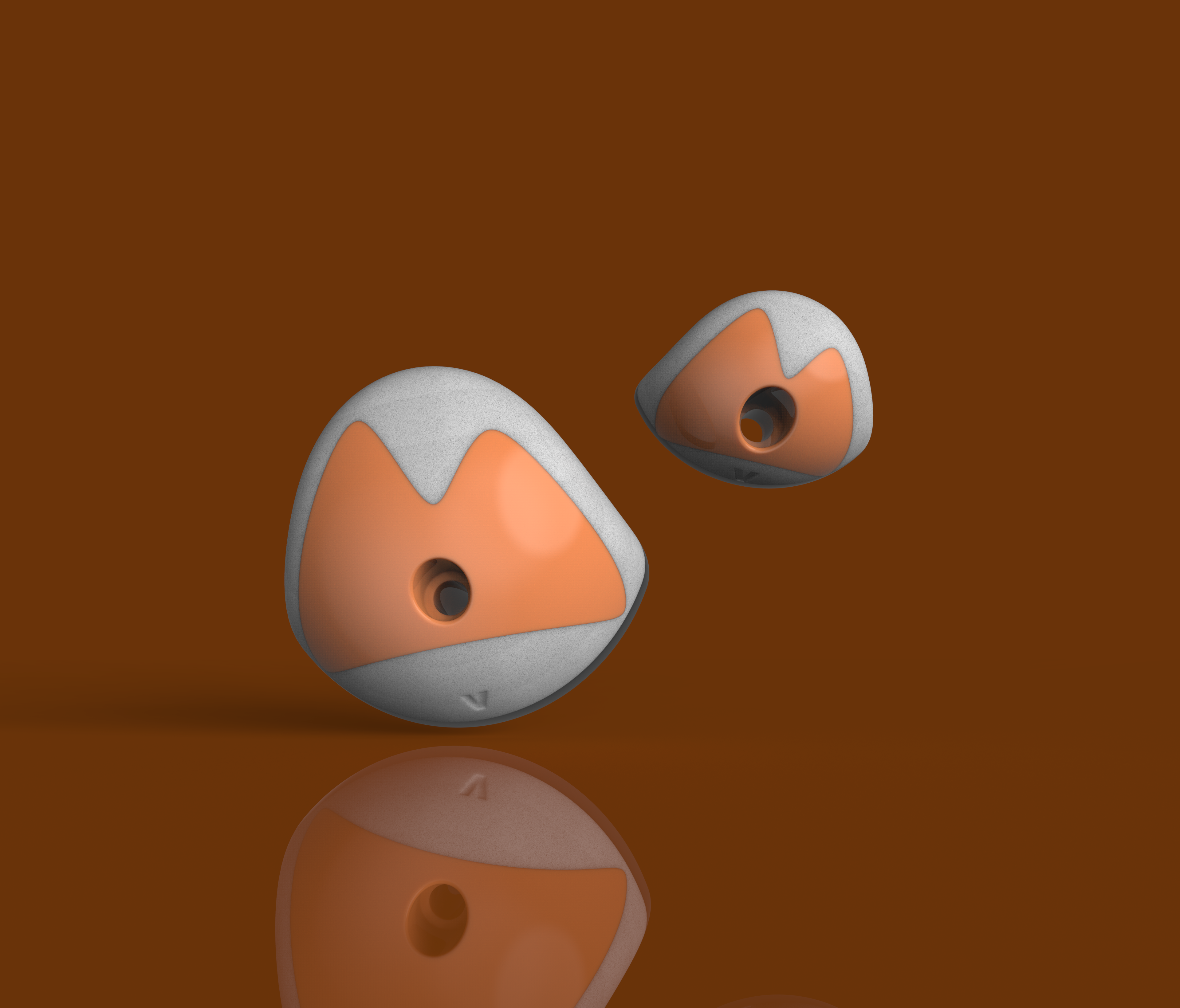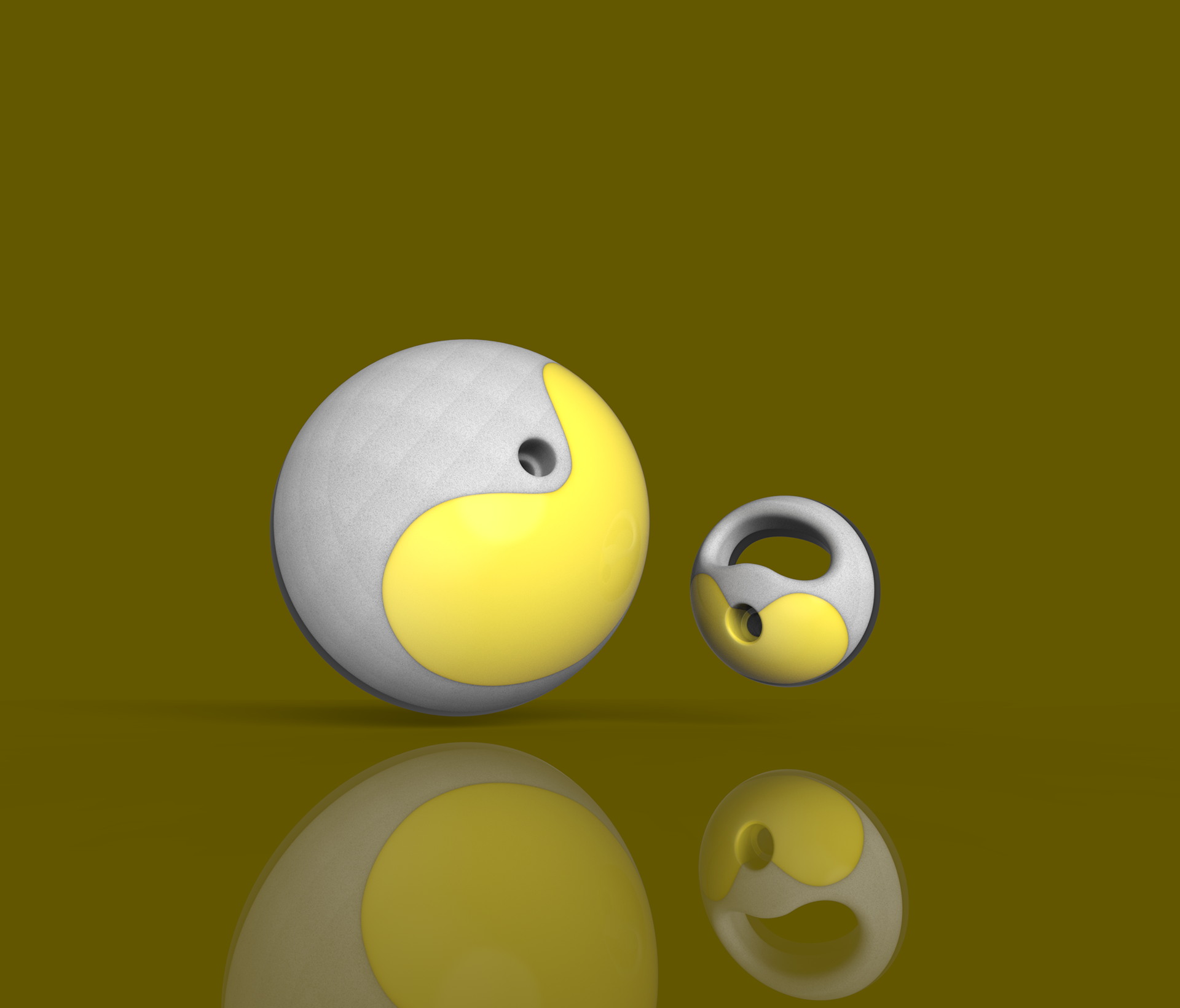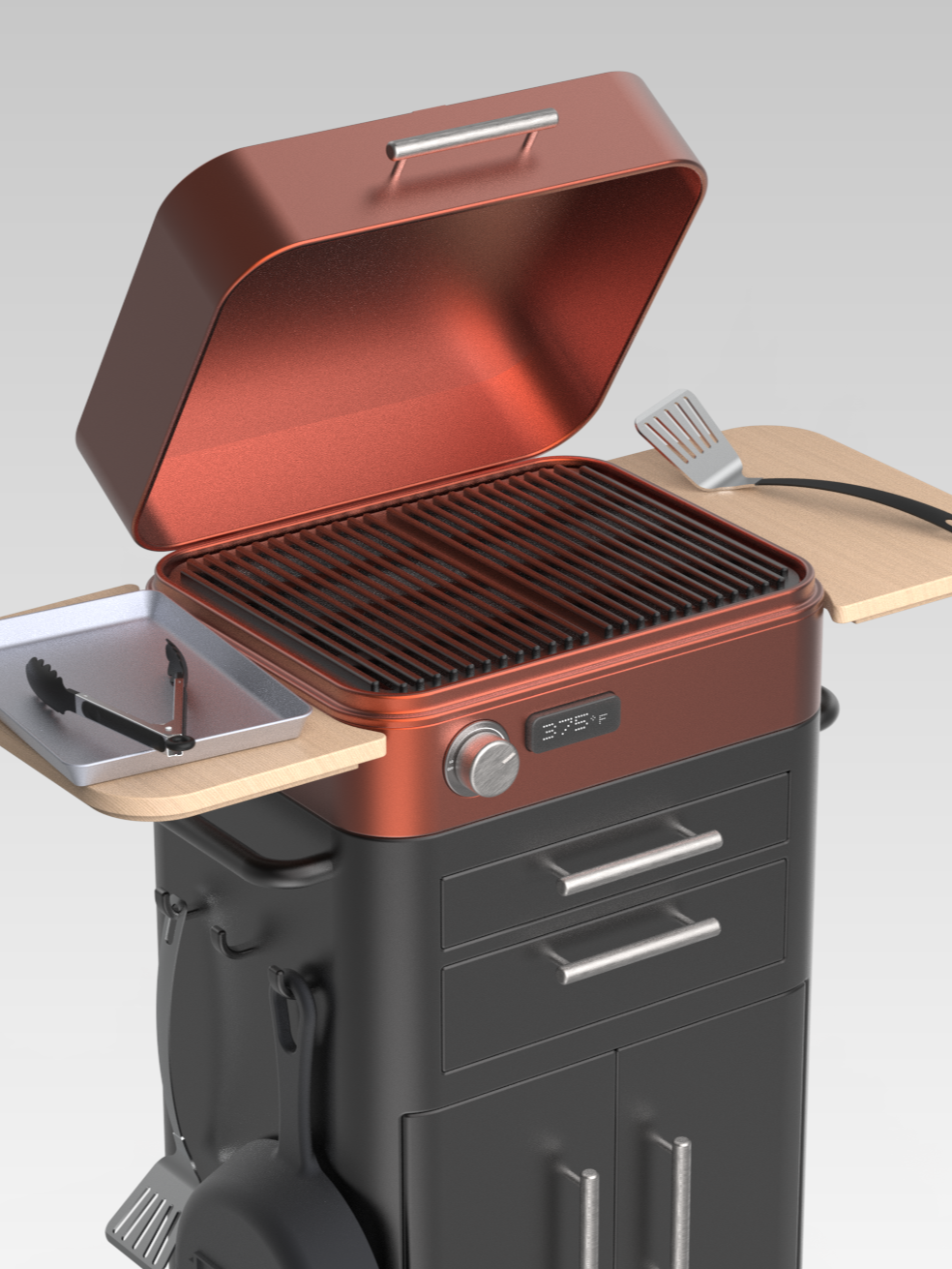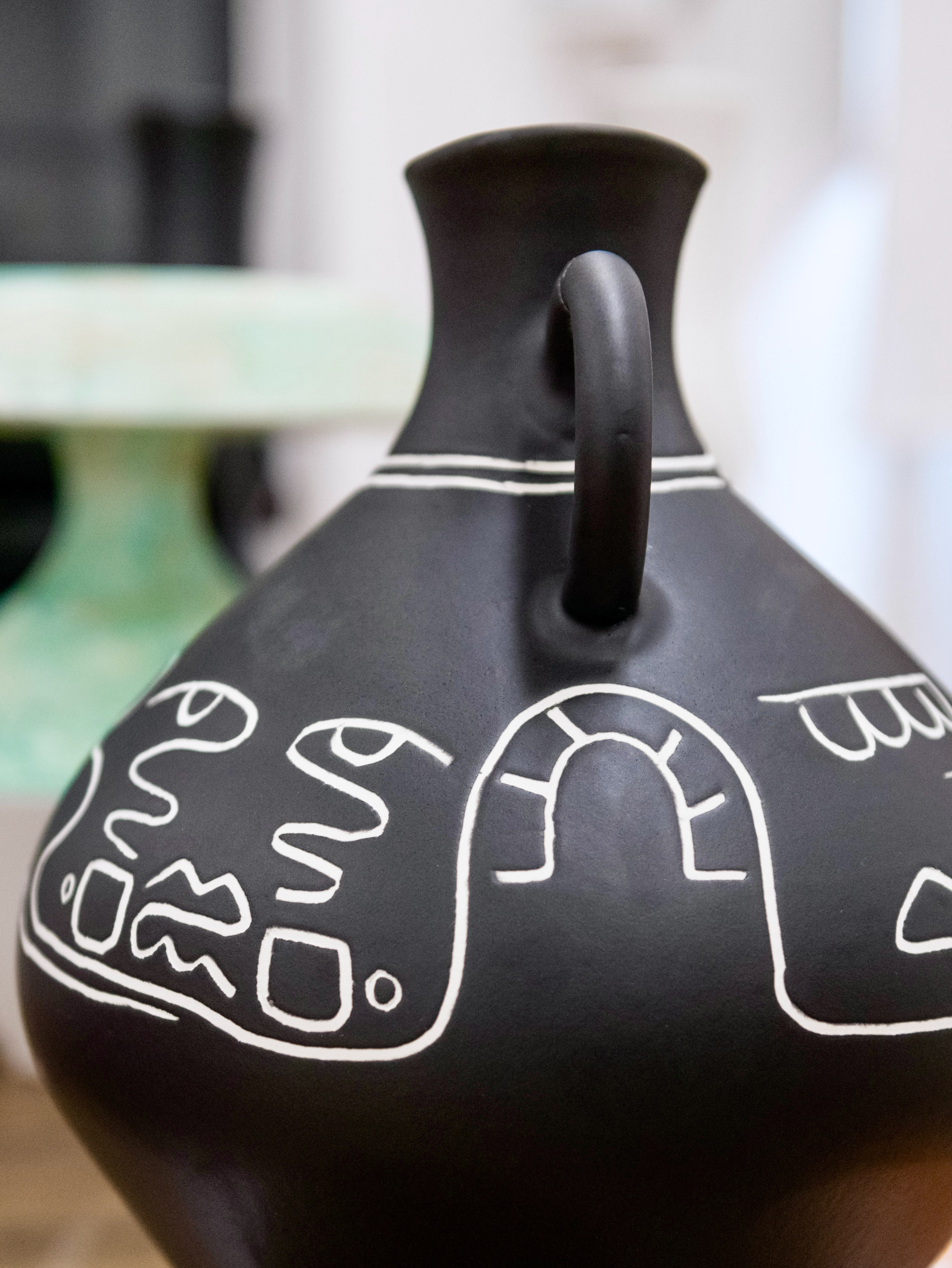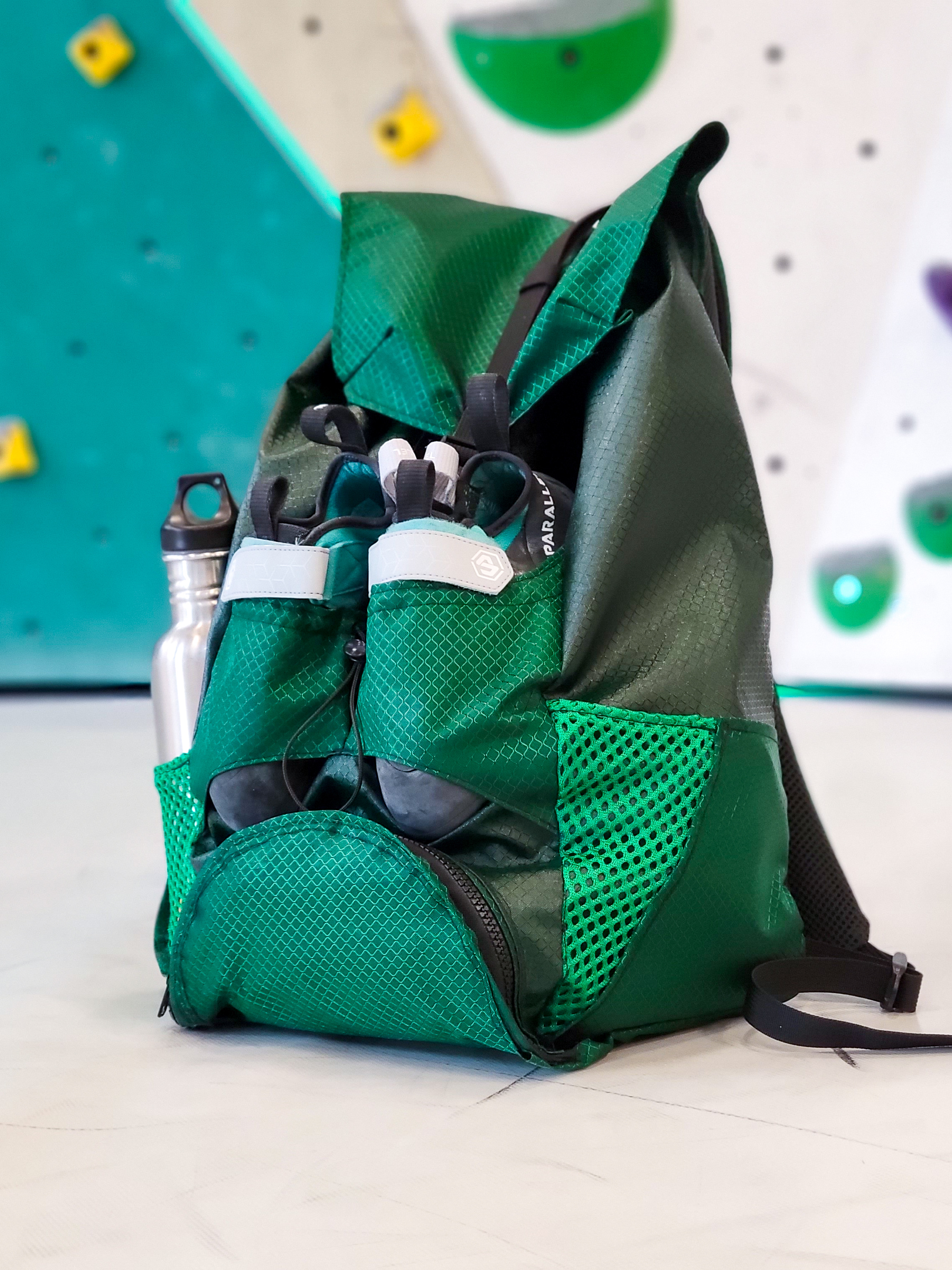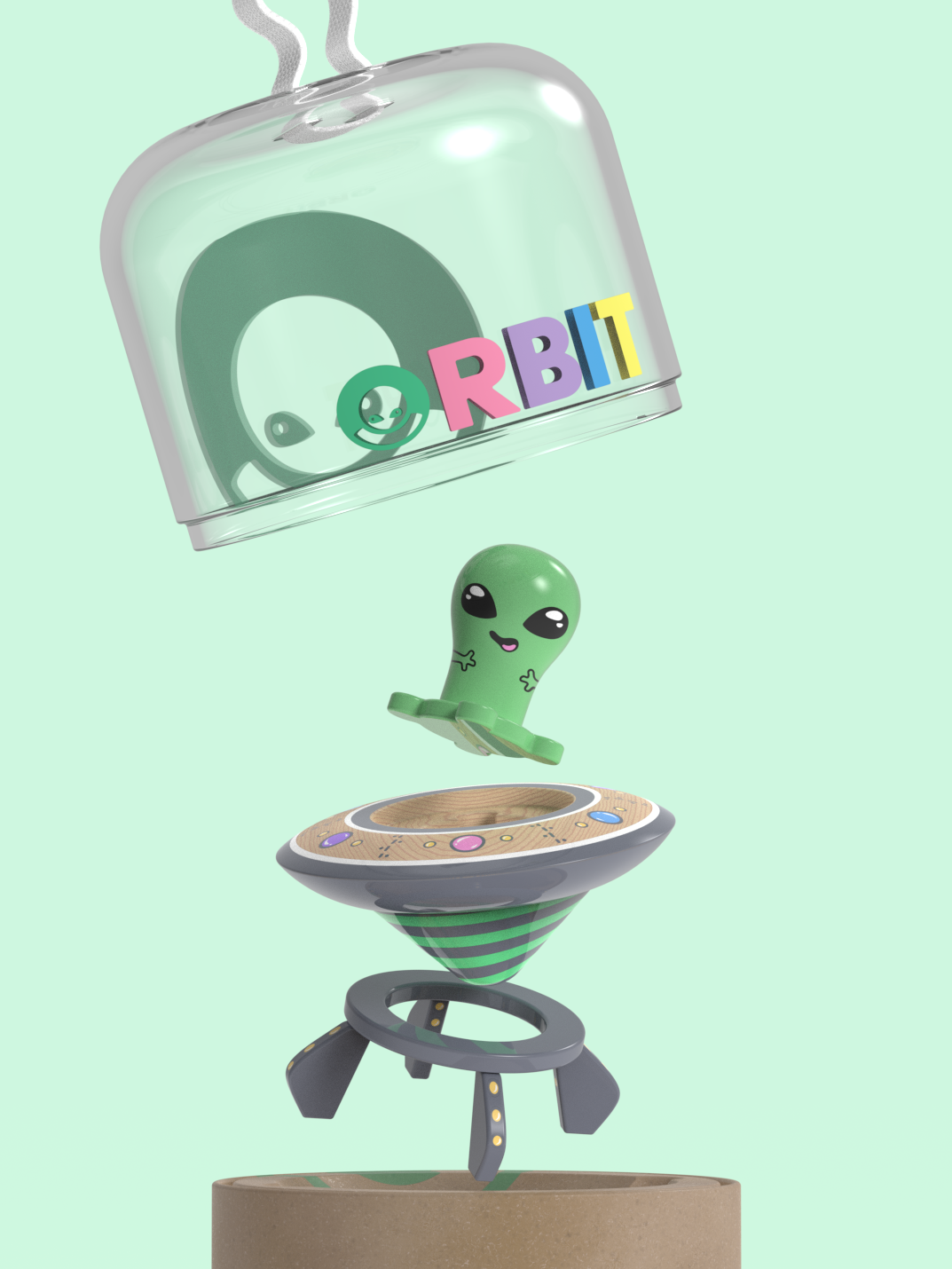Indoor rock climbing is a rapidly growing industry that has had limited exploration in visual accessibility. Standard routes are expressed though color and a number grade, enabling climbers to identify their ability and improve their skills. However, this visual system creates challenges for visually impaired climbers (colorblind and otherwise) when distinguishing routes.
The Vantage climbing holds aim to address the challenges that climbers with colorblindness and limited vision encounter when identifying routes while improving the overall experience for all climbers.
The Vantage holds are part of a larger system of products designed to increase climbing gym accessibility created in collaboration with Aanya Khaira, Isabella Gaule, and Sage Davis. You can find the full report outlining our project here.
Research
We knew that our research and design process needed to be user-centered, focusing on the experiences of visually impaired climbers and the ways we could best enhance their climbing experience. We observed and interviewed climbers with a spectrum of visual impairments, climbing gym owners, and climbing educators who focus on adaptive climbing accessibility.
From our research, we developed our key insights and opportunities:
1. Color-based route setting systems in climbing gyms can be difficult for climbers with visual impairments to follow.
2. Visually impaired climbers typically rely on a partner to provide them with visual or auditory directions while on the wall.
3. Current solutions rely on experimental or inaccessible technology.
How might we provide an alternate or enhanced gym experience for climbers with visual impairments of any kind, while highlighting the importance of independence and autonomy?
Ideation
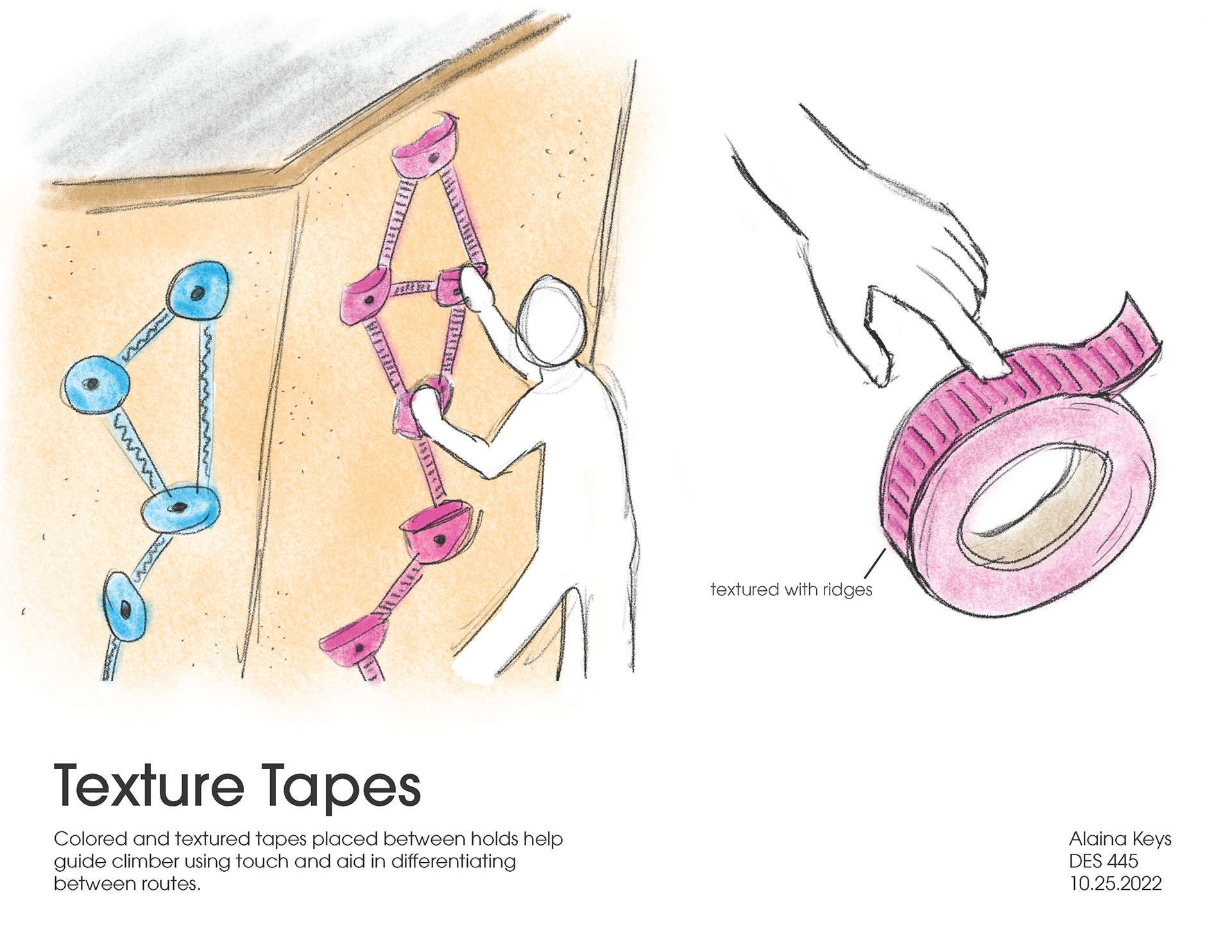
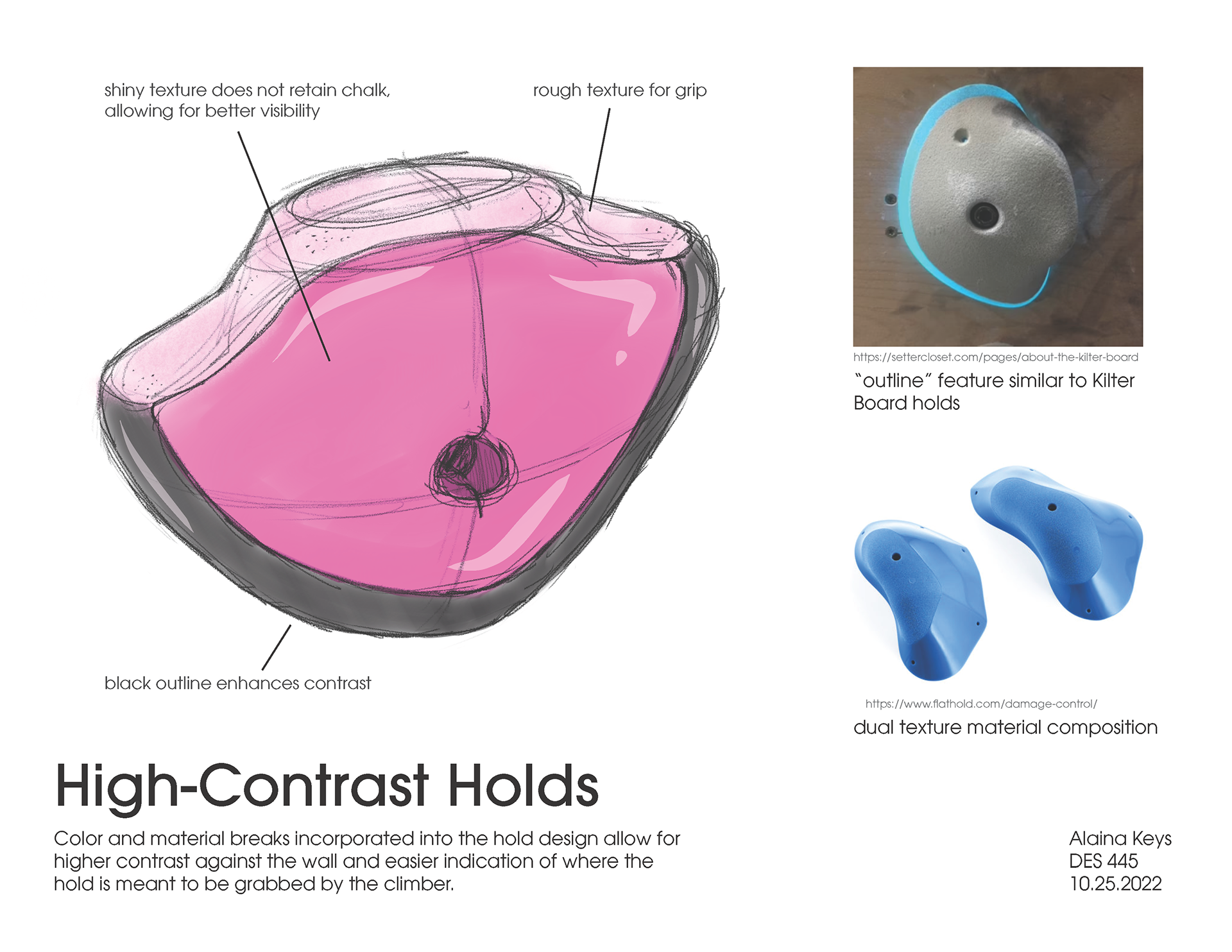
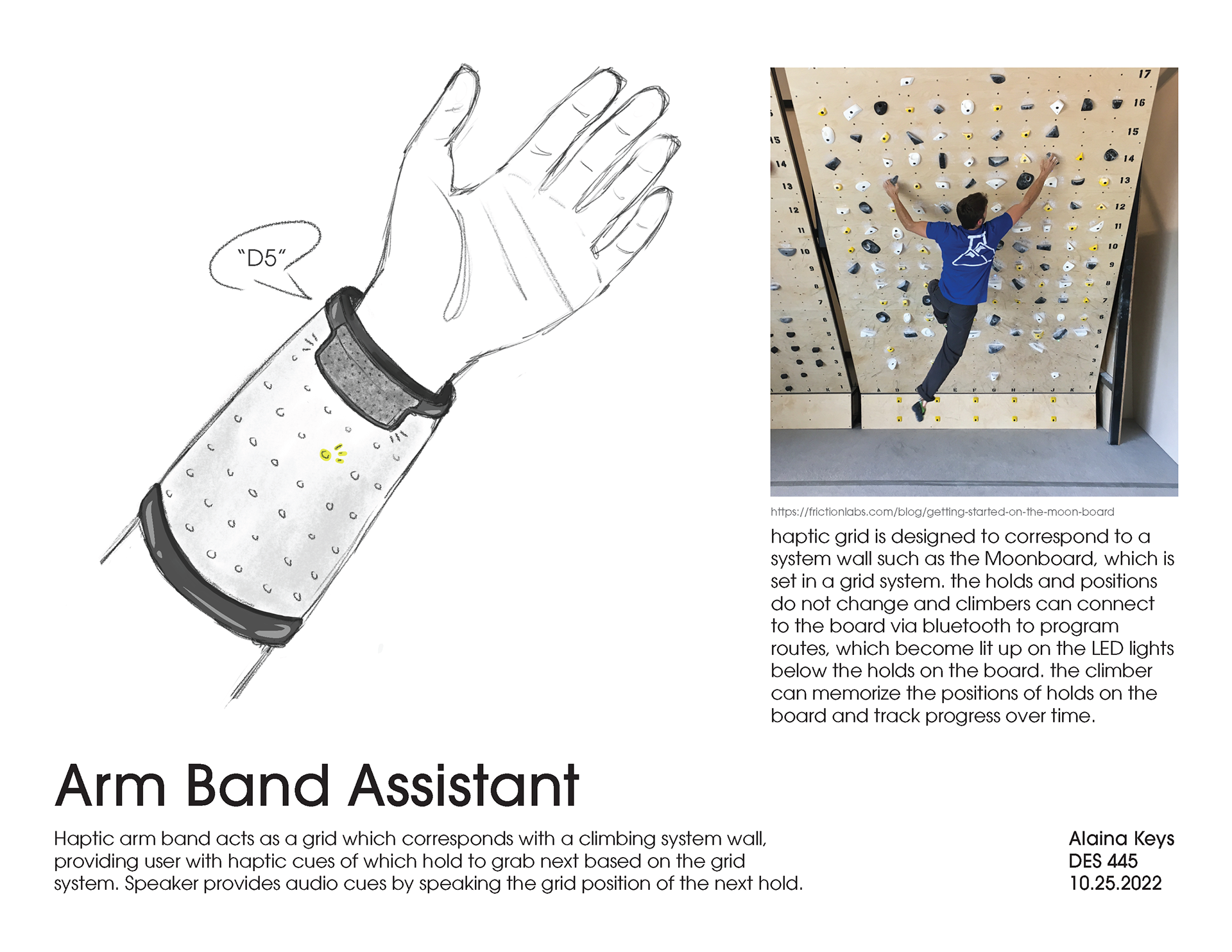
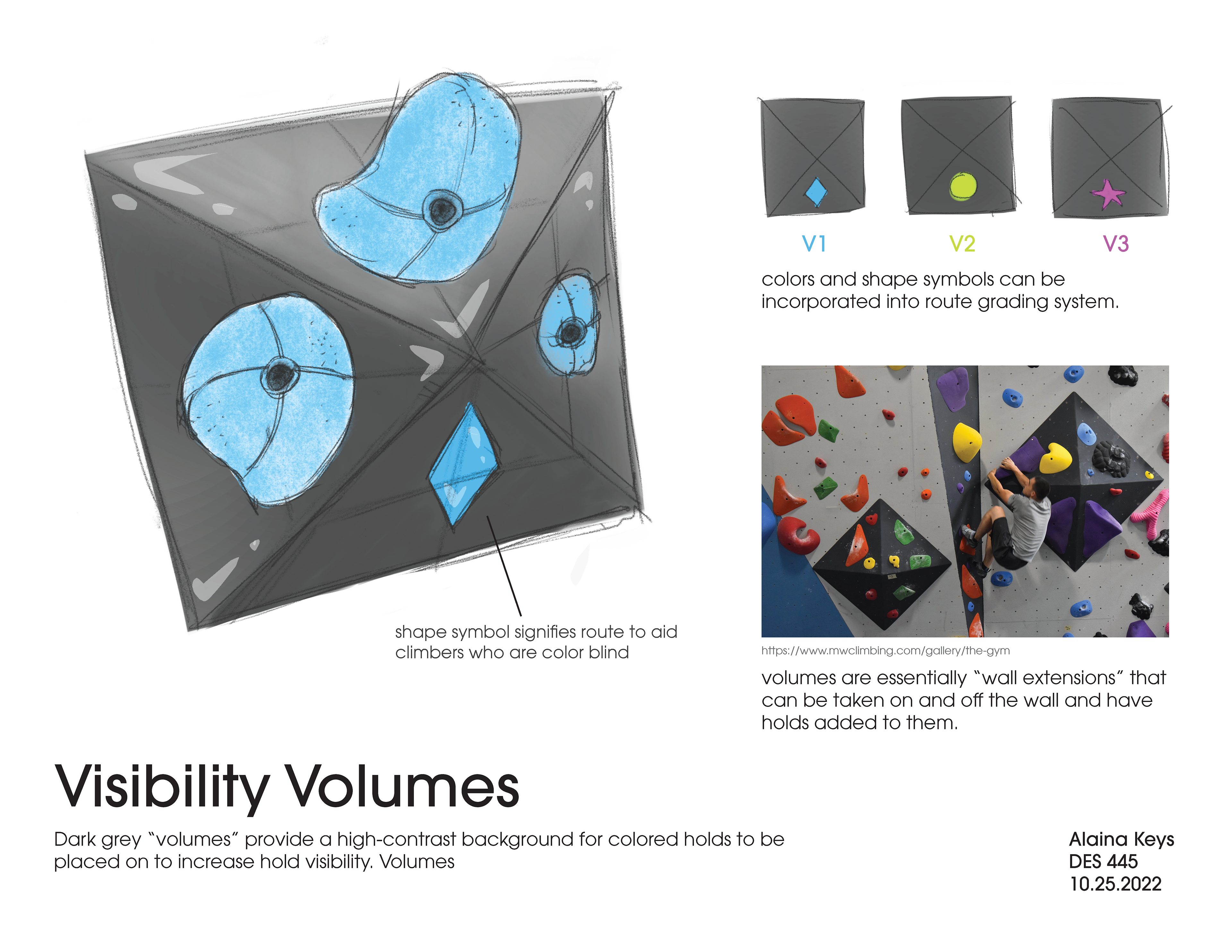
Our research and user observations brought up the key pain point for visually impaired climbers that climbers who are color blind or have partial vision struggle with identifying routes based on the standard color-coordinated route setting system. Additionally, when holds are used frequently, they become covered in chalk (which climbers use on their hands to help maximize grip), which decreases the visibility of the holds.
I began ideating ways that we could increase the contrast of the holds against the climbing wall, as well as develop an alternative route setting system that does not rely solely on color visibility. Initial ideas explored how tactile and alternate visual cues could be used to distinguish holds in addition to color.
Final Design
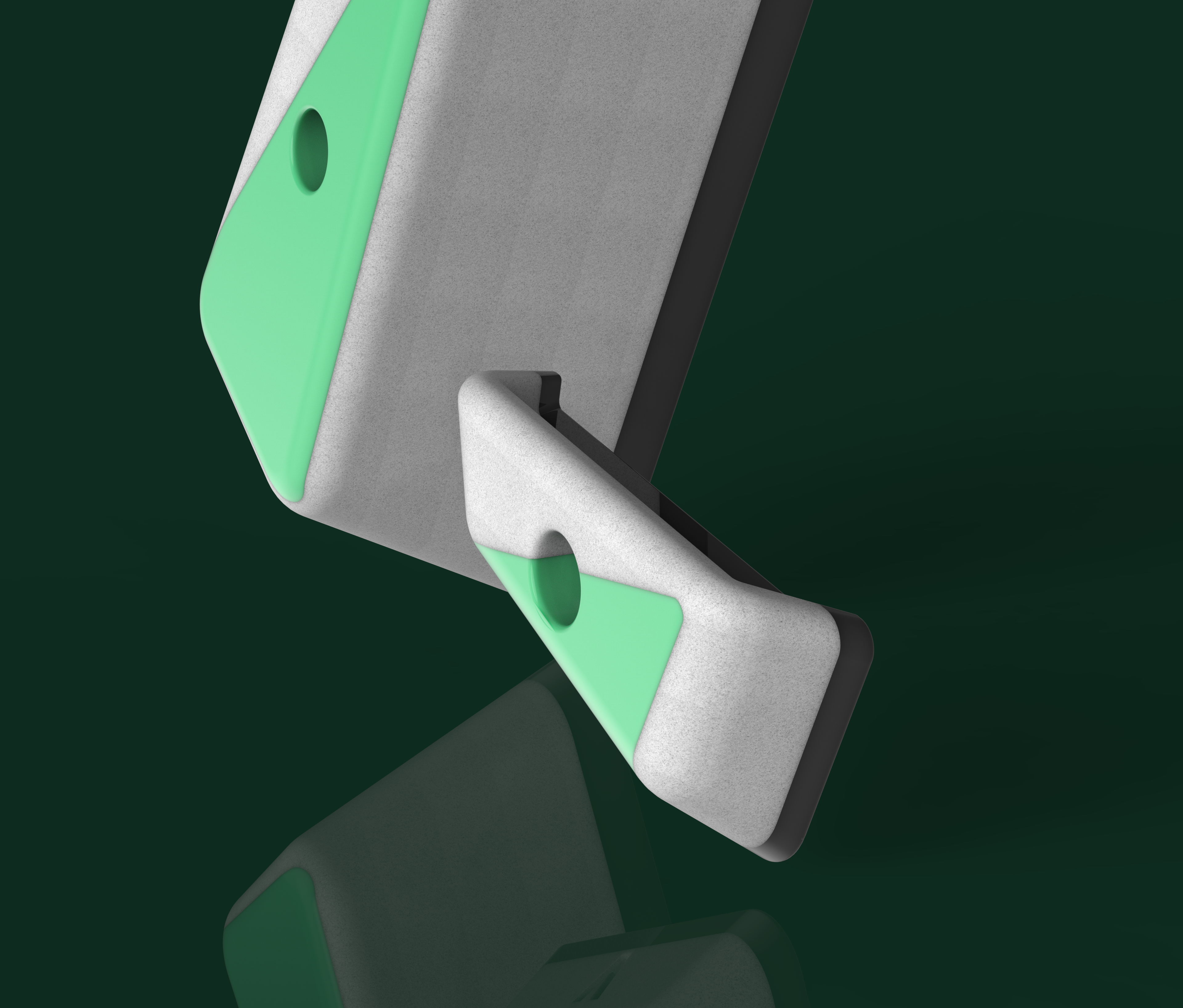
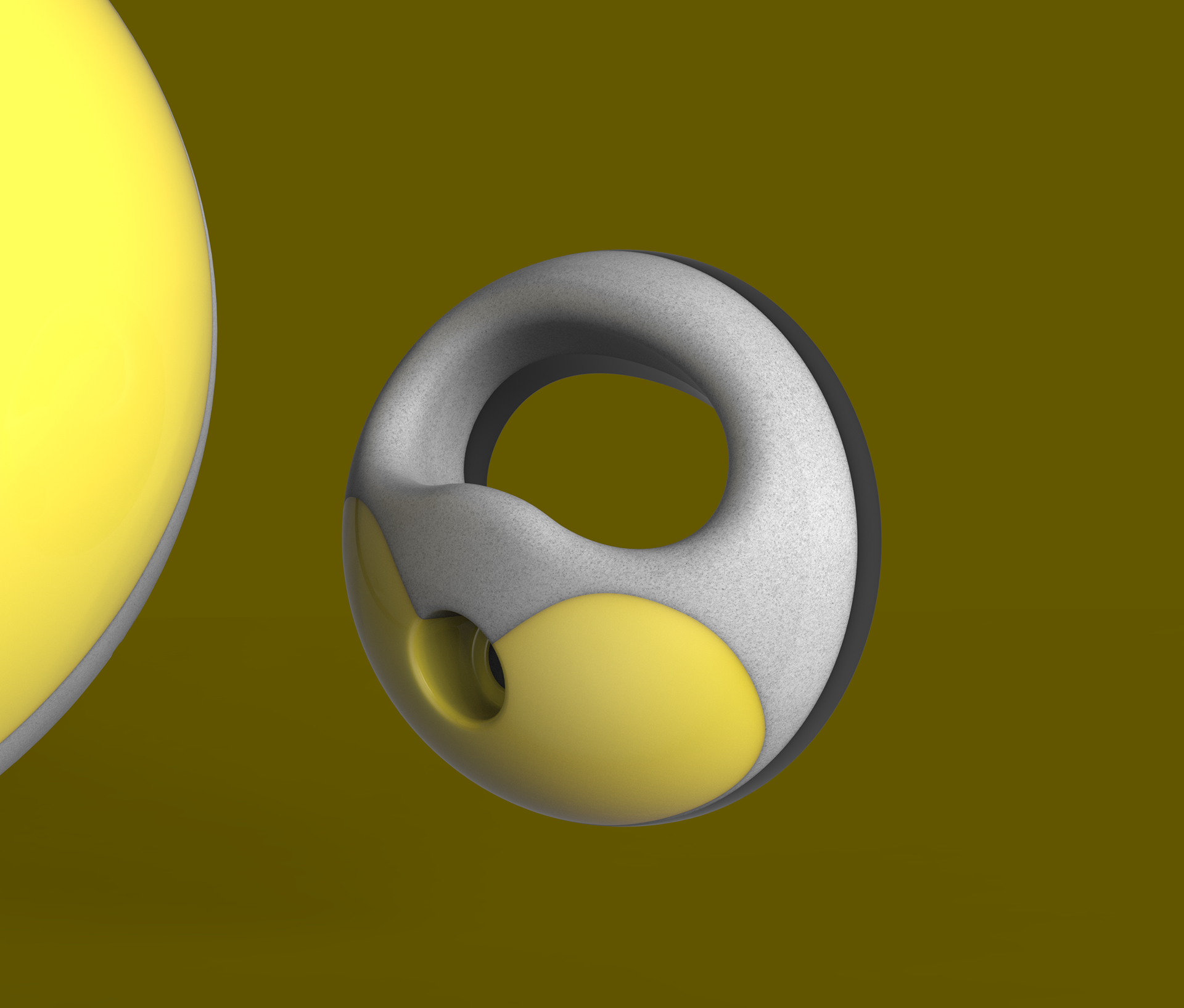
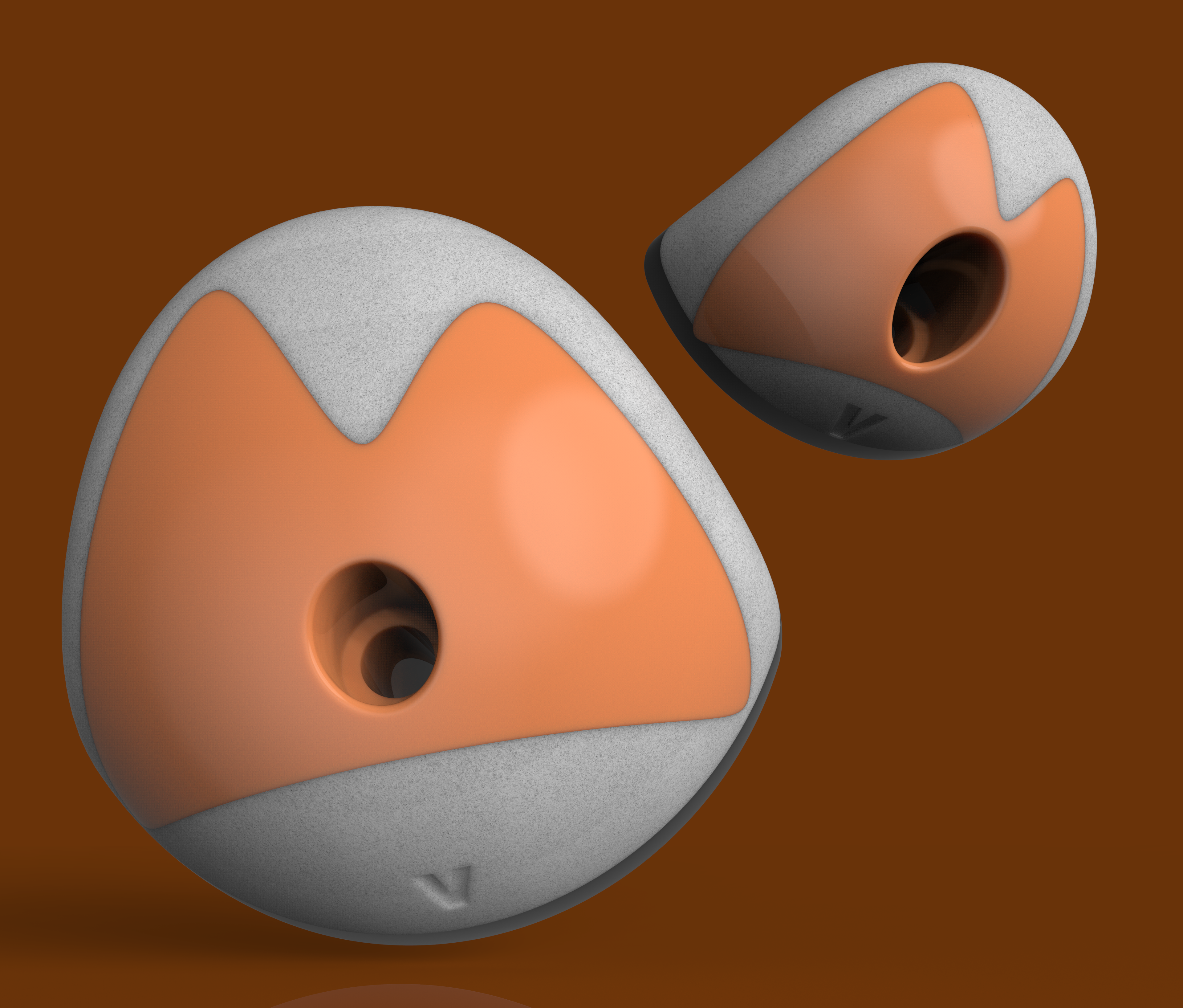
The final iteration of the holds features the dual-texture finish, with the color material break in a unique shape that corresponds to the color of the hold. I developed a set of the most common hold types including a jug, mini jug, pinch, crimp, sloper, and pocket to allow for use in a full range of climbing styles and difficulties. Each hold type would be made with a full set of colors and symbols, allowing a gym to replace all holds with the High Contrast Holds.
I recognize that this is a more costly solution considering that most climbing gyms have hundreds of holds on their walls at any given time. However, I see this product as a part of the total reimagining of the climbing gym space, in an effort toward making gyms completely accessible for people of all abilities in the future.
